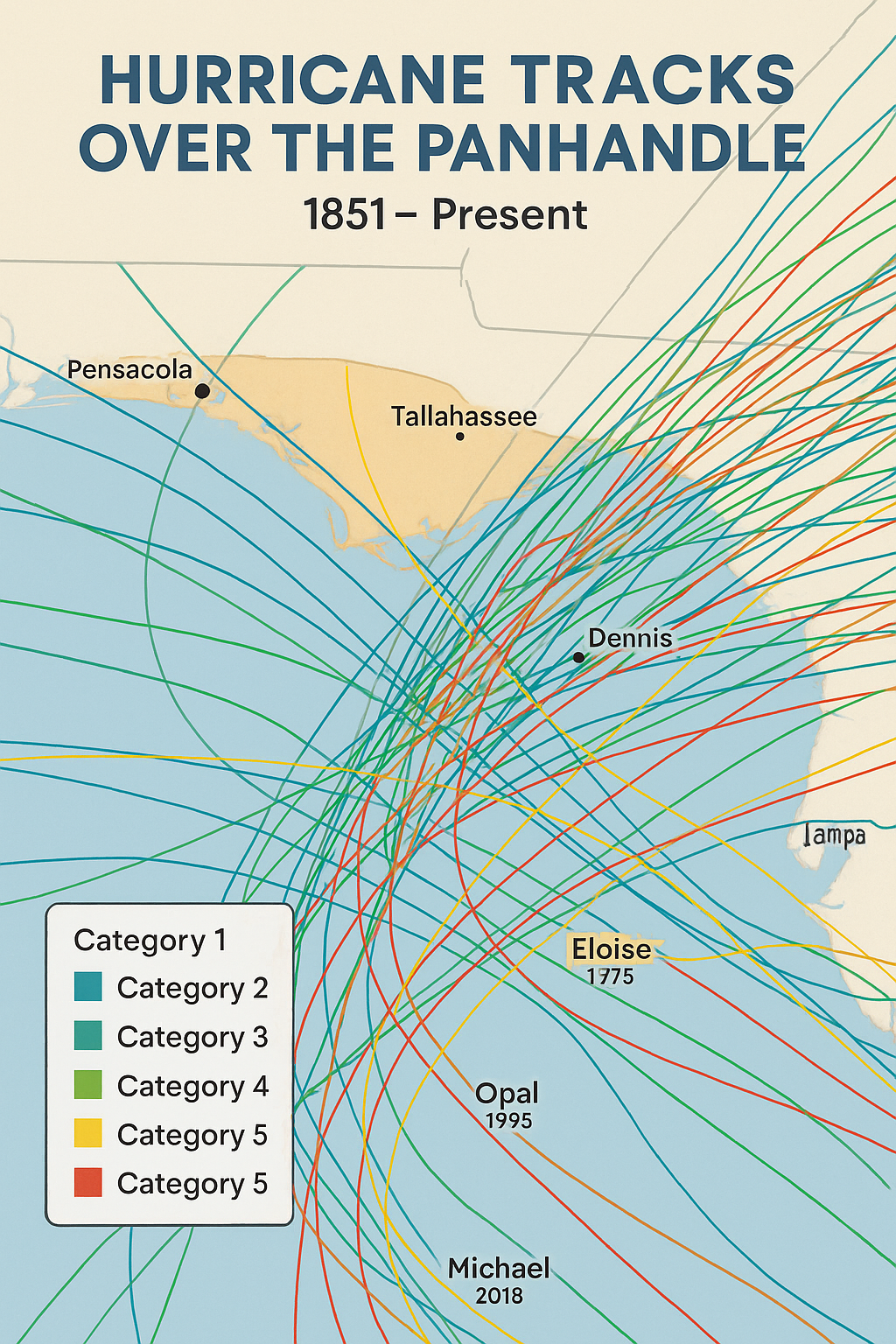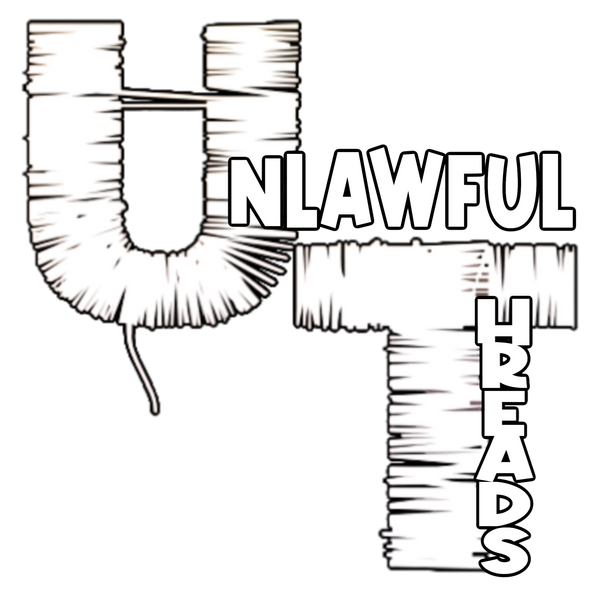
🌪️ Why the Panhandle Gets Forgotten During Every Storm (But Always Gets Slammed)
Share
1. Out of Sight, Out of Mind
Florida’s Panhandle sits far from the media-saturated coastlines of Miami, Tampa, or Fort Lauderdale. When national forecasts show "Florida bracing for impact," they're usually referring to the peninsula. The Panhandle, stretching westward under Alabama, often isn't even visible in the cropped hurricane maps on national broadcasts.
Meteorological blind spot:
Many national weather graphics show a truncated Florida map, cutting off the upper Gulf Coast. That visual bias reinforces the idea that the Panhandle is secondary—until it's too late.
📍 Pensacola and Panama City get less media love—but more hurricane punch per square mile.
2. The Gulf of Mexico’s Hot Tub Effect
The shallow, warm waters of the northeastern Gulf are like rocket fuel for tropical systems. When a storm enters the Gulf and curves toward the Panhandle, it often undergoes rapid intensification due to:
-
Sea surface temperatures hovering near or above 85°F
-
Low vertical wind shear
-
Ample mid-level moisture
This meteorological trifecta creates sudden monster storms, like Hurricane Michael, which went from Category 2 to Category 5 in under 48 hours before landfall near Mexico Beach.
🔬 According to NOAA, the northeastern Gulf is one of the most conducive environments for hurricane strengthening in the entire Atlantic basin.
3. The Angle of Attack
Storms that hit Florida’s east or southern coast usually interact with land longer before hitting densely populated areas. But storms in the Gulf often make a last-minute right-hand turn straight into the Panhandle at a near-perpendicular angle.
That means:
-
Less weakening before landfall
-
Shorter warning times
-
Stronger eyewall impact
Unlike gradual glancing blows, these direct hits hammer coastal towns like Apalachicola, Port St. Joe, and Navarre Beach with the full force of the storm’s right-front quadrant—the most dangerous part.
4. Storm Surge’s Secret Weapon: Geography
The Panhandle’s low-lying coastal shelf and gentle inland slope allow for deeper inland storm surge penetration than much of South Florida. Add to that the shape of the Apalachee Bay and St. Andrews Bay, and surge water gets funneled like a battering ram into these areas.
During Hurricane Michael, storm surge reached over 14 feet in some spots—higher than most people ever imagined for that region.
🌊 The Panhandle has the highest storm surge vulnerability outside of New Orleans.
5. Low Population ≠ Low Risk
Because the Panhandle is less populated than metro areas, many believe it’s “safer.” But this also means:
-
Fewer evacuation routes
-
Lower hurricane awareness
-
Longer recovery times
-
More reliance on aging infrastructure
Many small towns don't have the budget for large-scale disaster prep or quick recovery—making a big storm not just a weather event, but an economic crisis.
6. Historical Amnesia
From Hurricane Opal (1995) to Dennis (2005) to Michael (2018), the Panhandle’s history is riddled with catastrophic storms. But with long gaps between major landfalls, residents (and the rest of the country) tend to forget.
This “quiet lull” breeds complacency, while the conditions for devastation quietly stack up.
🌩️ The Next Big One Isn’t If—It’s When
Meteorologists increasingly warn that the Panhandle is overdue for another Michael-level monster. Every hurricane season, storms form in the Gulf, and the Panhandle is almost always in the cone at some point. The region’s geography, water temperature, and storm angle mean it remains one of the most high-risk, under-prepared areas in the country.
🧃Hurricane Prep With a Punch of Humor:
While you’re checking batteries and filling up gas cans, don’t forget to gear up for the storm in Florida style. Shop our bestsellers:
Because if you're going to get slammed by a hurricane, you might as well look good doing it.
📚 Sources for Further Reading:
🗣️ Call to Action:
Have you ever ridden out a storm in the Panhandle? Drop your story in the comments—or tag a friend who always underestimates the “Forgotten Coast.” Let’s give the Panhandle the respect (and resources) it deserves before the next big one hits.
